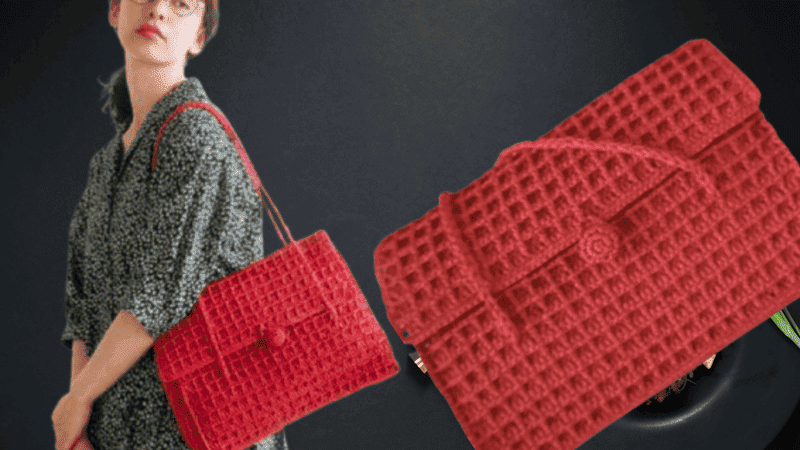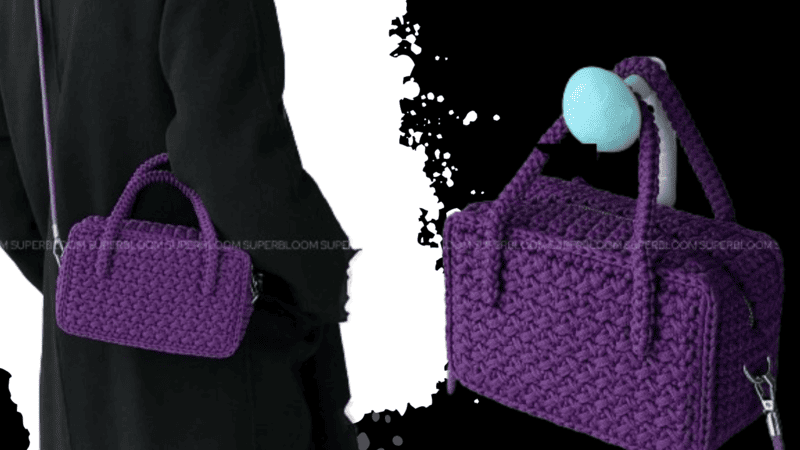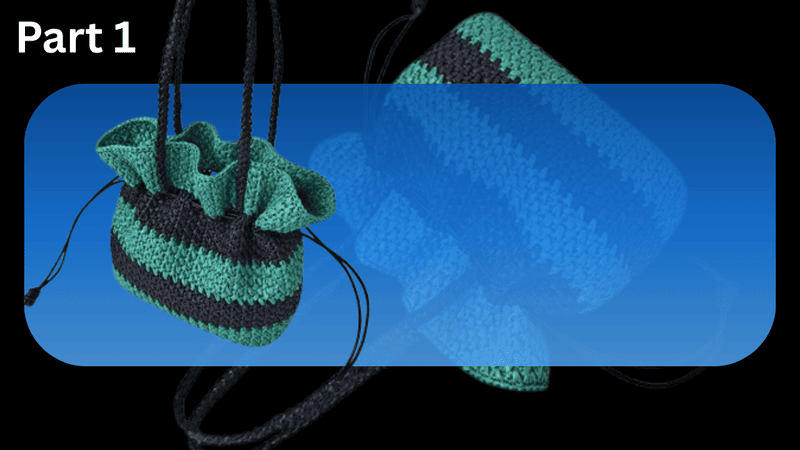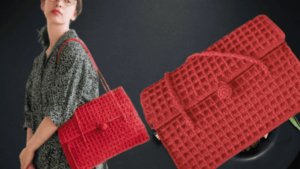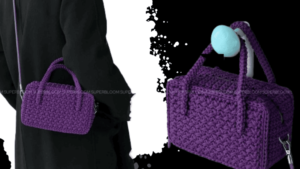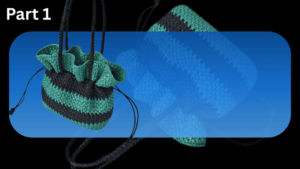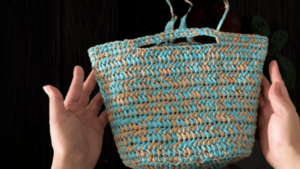Half Double Crochet Increase 5 Times In Same Stitch: The Ultimate Beginner’s Guide
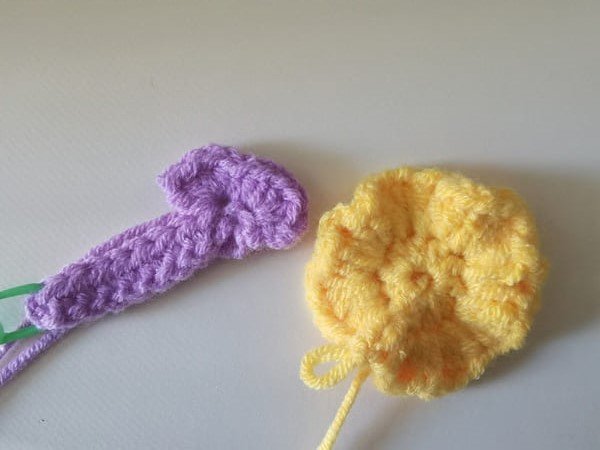
Table of Contents for half double crochet increase 5 times in same stitch
Half double crochet increase 5 times in same stitch: crocheting lets us turn a lonely ball of yarn into something stunning-one loop at a time. nothing grabs the eye quite like piling several stitches right into the same space. When we cram five half double crochets into one stitch, we open the door to ruffles, shells, blossoms, and even curves that pop. Whether we want extra volume, a soft arc, or just a splash of decoration, knowing how to pull off this increase gives our hands real power on the hook.
This guide will walk you through the hows and whys of cramming five HDCS into a single stitch, show you tricks to tame the texture and shape, and point out the patterns that thank you for using it. Well even test out a couple of simple swatches and tiny projects so we feel comfy doing it on our own.
What Is a half double crochet (HDC) Increase?
Before we dive into working five HDCs in one stitch, let’s first clarify what a regular half double crochet increase is.
A half double crochet increase happens when you work two or more HDC stitches into the same stitch or space from the row before. Piling extra stitches in one spot naturally makes the fabric spread out, adding both height and width.
Now picture cramming five HDCs into that same hole. We call this a super increase, and it leaves a chunky, eye-catching bump that looks great in floral motifs, scalloped edges, or anywhere you want a little extra flair.
Why do we use half double crochet increase 5 times in same stitch?
Using five HDCs in one stitch isn’t just for show; it serves some handy purposes.
- Create volume and texture
Stacking multiple stitches in the same space builds a soft fan shape that lifts the fabric off the table. That little bump gives our projects a raised, three-dimensional look instead of laying flat and lifeless.
- Shape our project
We drop this supersized increase whenever we want a straight edge to curve or a corner to flare. Throw one into a blanket border or the bottom of a hat, and the piece gently balloons out in the exact spot we planned.
- Design petals, shells, or fans
Crafters love this trick in doilies, appliqués, and motifs because the five stitches unzip like flower petals. The wide spread pulls the eye and announces, Yes, this spot is special!
- Add dramatic embellishments
If we want a border to ripple or wave, stacking several stitches in one spot creates that fun movement.
🧵 Tools and Materials We’ll Need
To try this trick, gather the following items:
| Tool | Description |
|---|---|
| Yarn | Grab a smooth, medium-weight yarn like worsted so you can see each stitch while practicing. |
| Crochet Hook | Pick a hook that matches the yarn label-usually 5.0 mm or 5.5 mm for worsted. |
| Scissors | You will need these for snipping the yarn at the end. |
| Yarn Needle | Use this yarn needle to conceal yarn end ,sewing fabric together. |
| Stitch Marker | Optional, but it helps mark increase points in long rows or rounds. |
How to make half double crochet increase 5 times in same stitch?
Step 1: create a foundation row
Start by chaining: Ch 12
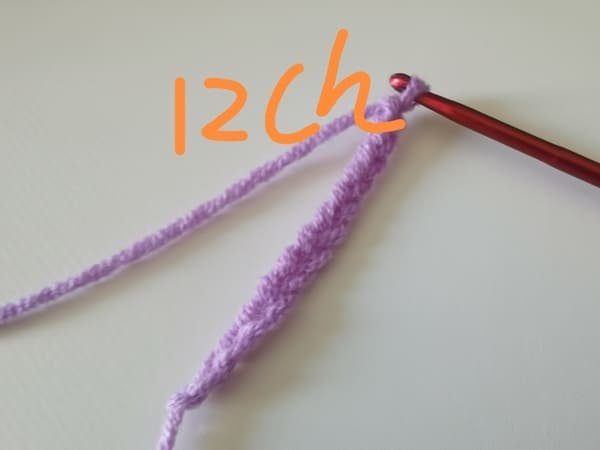
Next, work a row of HDCs: Row 1: HDC in 3rd chain from hook, HDC across (10 stitches total).
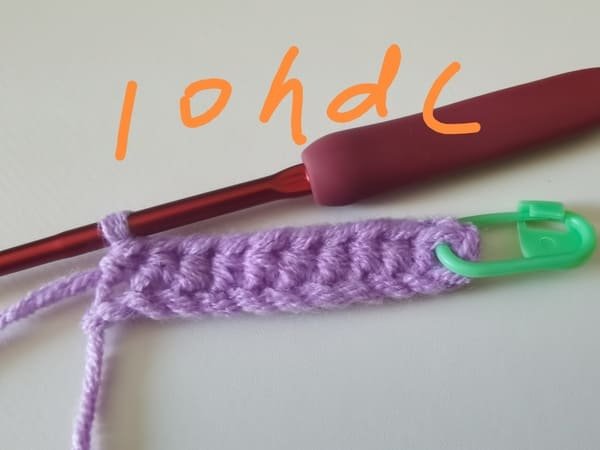
With that done, you have got a flat row to build on.
Step 2: plan the increase spot
Turn your work and chain 2 (this does not count as a stitch).
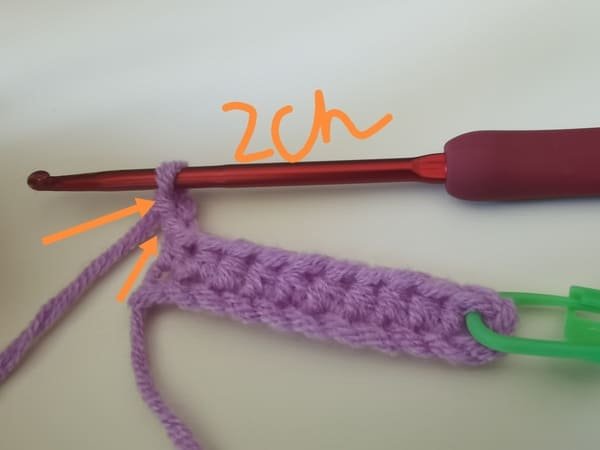
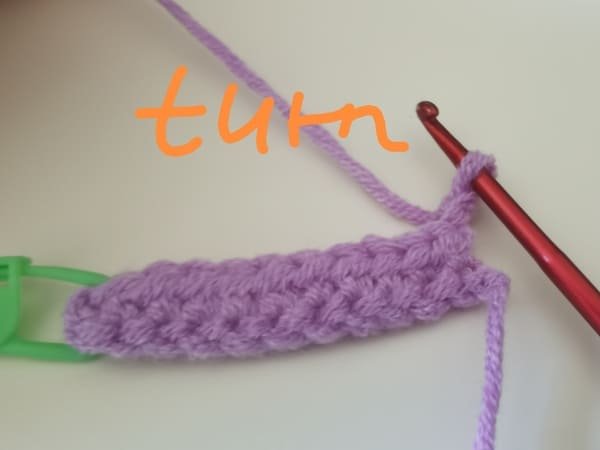
Step 3: crochet half double crochet increase 5 times in same stitch
- Yarn over.
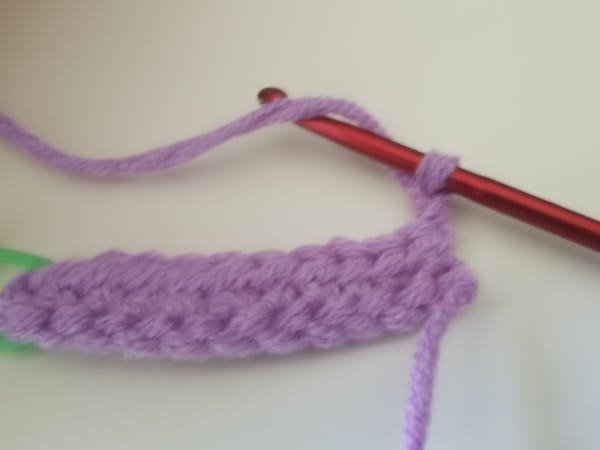
- Insert your hook into the target stitch.
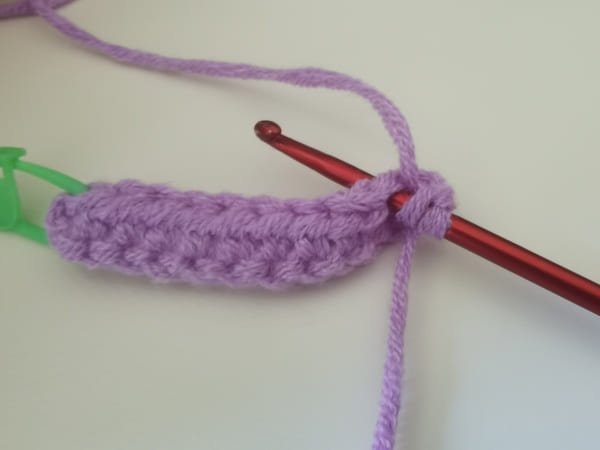
- Yarn over again and pull up a loop (3 loops sit on your hook).
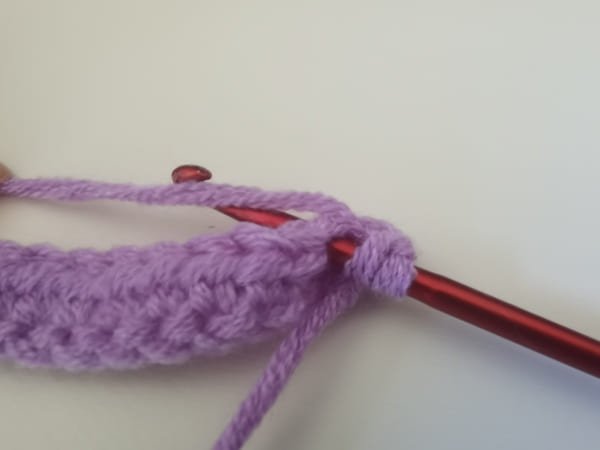
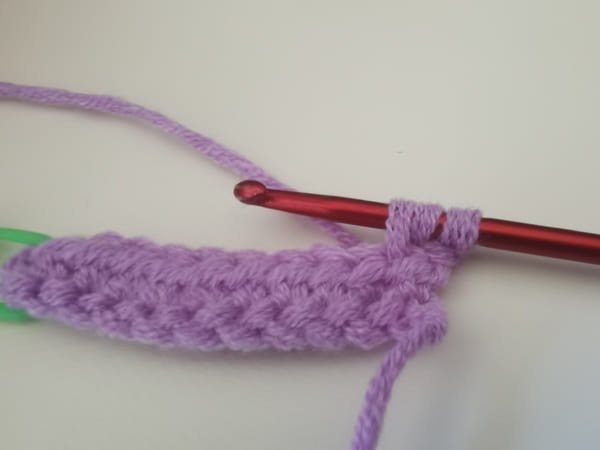
- Yarn over and pull through all 3 loops.
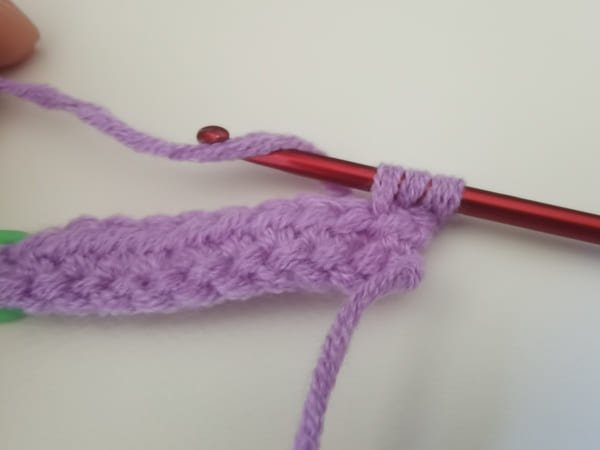
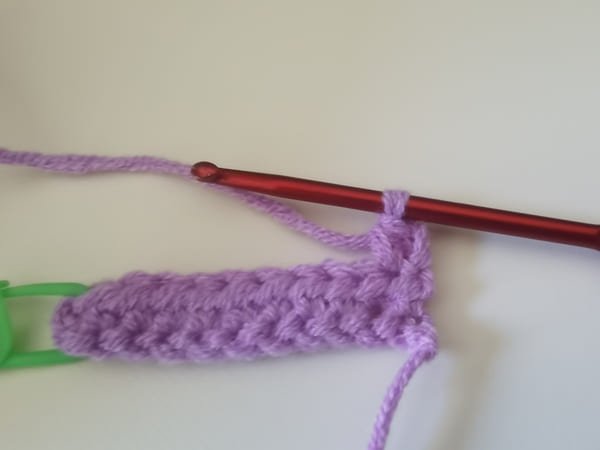
- Do 4 four more times in the same stitch.
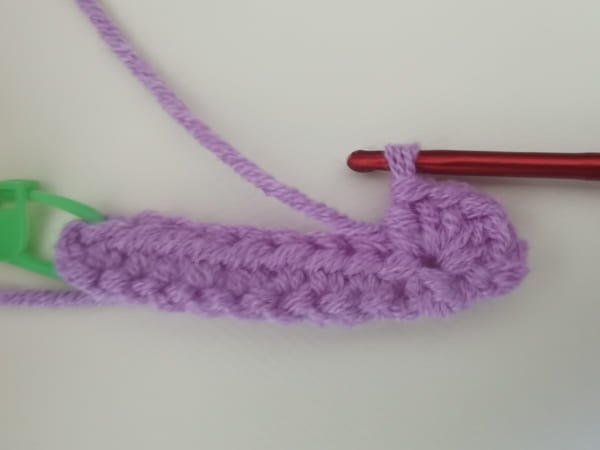
When you finish, you’ll have five HDCs stacked right on top of each other!
Working half double crochet increase 5 times in same stitch in the round
This trick looks lovely when done in rounds. Let’s practice with a simple flower motif:
Round 1: Make a magic ring, chain 2, and work 10 half-double crochets inside the ring. Slip-stitch to close. (10 HDC)
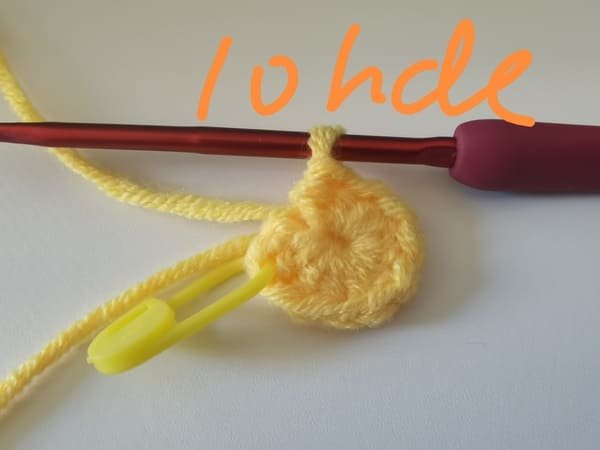
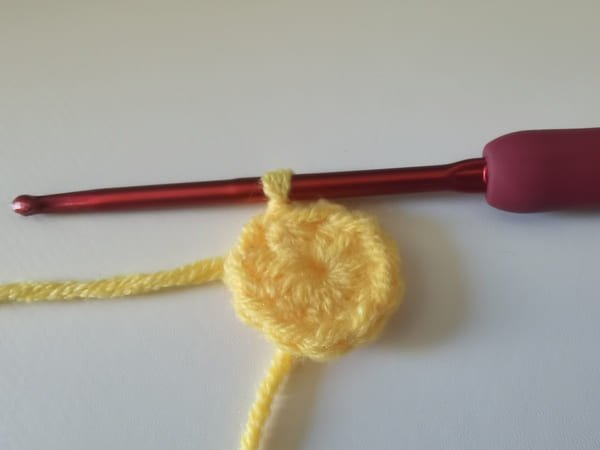
Round 2: Chain 2, then put 5 HDC in the next stitch, and slip-stitch in the following stitch. Repeat all the way around. (10 petals)
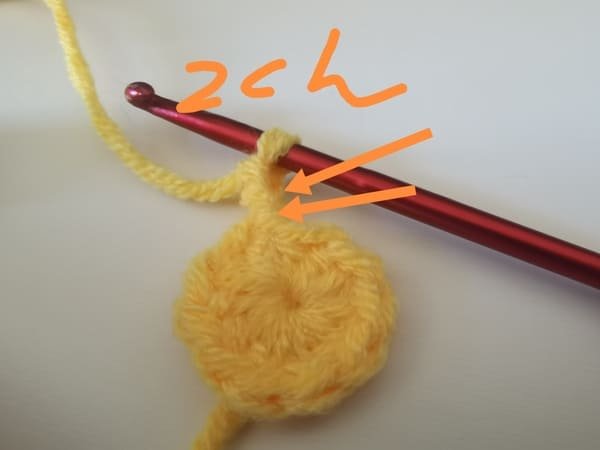
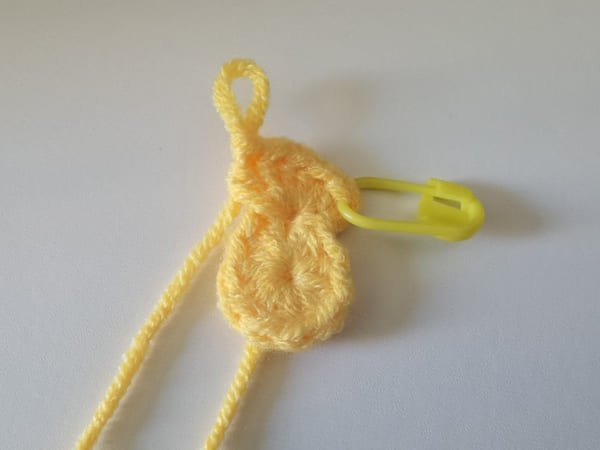

By piling 5 HDCs into a single stitch for each petal, we give it softness, while the slip stitches add nice definition.
Creative ways we can use this technique
Once you learn the 5-x HDC increase, the possibilities really open up. Here are some fun ideas to try:
1. Crochet flowers
Use the method to whip up quick blossoms. Each petal simply needs those 5 stacked half-doubles.
2. Shell stitch borders
When worked along shawls, scarves, or baby blankets, it forms a cute, wavy scallop.
3. Ruffled edging
Give any border a gentle ruffle by mixing groups of 5 HDCs with regular stitches.
4. Shaping in garments
Add flare to sweater sleeves or skirt hems by placing a few 5-HDC rows where you want extra volume.
5. Doilies and mandalas
In bigger circular pieces, the increase builds petals or outer layers that catch the eye.
Common mistakes and quick fixes for half double crochet increase 5 times in same stitch
Half double crochet increase 5 times in same stitch to create a lovely bell-like expansion, yet that tiny opening has to stretch quite a bit. Beginners often catch the yarn, miss a loop, or wind up with a lopsided mound, so don’t worry if your first attempt goes sideways. The good news is that most hang-ups show up in the same handful of ways, and each one has an easy solution.
Mistake 1: The Piece Warps or Ruffles Too Much
What’s Happening: When we stuff five stitches into one hole, the fabric is forced to curve outward, making it ripple like a petal. That dramatic flare works well for flowers, but when we need a flat surface—say, a coaster or corner of a blanket—things can go off-course.
Quick Fix: To tame the bulge, spread the increases apart by dropping a regular stitch every few clusters.
In rows, avoid lining up two or three 5-HDC groups one after the other; the fabric will protest.
In rounds, follow patterns that slide in a slip stitch or skip a stitch between clusters so the edge stays controlled.
Lastly, a light blocking will loosen tight spots and teach the yarn to lay down nicely.
🔸 Mistake 2: The Center Stitch Becomes Too Loose or Gappy
🧵 What’s happening:
Stuffing too many stitches into a single space stretches the yarn, leaving a hole or noticeable gap.
✅ Quick Fix:
Lightly tighten the tension while you work those five half-double crochet stitches.
You might also try grabbing a smaller hook just for that cluster, or simply crocheting a bit snugger in that section.
When you’re crocheting in rounds, steer clear of inserting the increase into chain spaces-unless the pattern specifically tells you to.
Some crocheters favour dropping the cluster between stitches instead of wrangling it into the top loops, which eases the strain on that one spot.
🔸 Mistake 3: The Cluster Looks Uneven or Lopsided
🧵 What’s happening:
Sometimes the stitches lean to one side and the fan shape ends up looking crooked or asymmetrical.
✅ Quick Fix:
Be deliberate about the hook’s direction; return it to the same hole each time with a clean insert.
Keep tension steady across all five half-doubles so they respond uniformly to the yarn.
Pulling loops to an equal height matters too-so yarn over and draw each loop through at the same speed and length.
💡 Tip: Counting aloud, saying “one” for every new stitch, will slow your hands and help that height remain consistent.
🔸 Mistake 4: Miscounting Stitches
🧵 What’s happening:
Once we settle into a hand-motion rhythm, its easy to slip and crochet four HDCs instead of five. That small error distorts the row height and shifts the pattern alignment out of step.
✅ Quick Fix:
Count each stitch out loud: One, two, three. Hearing the numbers helps the hands stay honest.
Slide a stitch marker into the first HDC in the group, so we can double-check later without second-guessing.
When working in a round, pause at the end of the circle and tally the total stitches to confirm we are still on target.
🔸 Mistake 5: Difficulty Inserting the Hook After the Cluster
🧵 What’s happening:
After cramming five HDCs into one space the fabric often tightens, and finding the next hole can feel like searching for a keyhole in the dark.
✅ Quick Fix:
Slide the hook in gently yet definitely; forcing it will split yarn or stretch stitches sideways.
A sharper metal hook can slip through those snug openings with less wrestling.
Watch yarn tension, too. Pulling a cluster yarn strand too tight locks the spot like a no-entry sign.
Before tackling lace or thread work, practice the cluster with DK or worsted weight yarn and feel the difference in ease.
🔸 Mistake 6: Fabric Pulls or Buckles in Unexpected Places
🧵 What’s happening:
Dropping a large increase in one spot can warp the entire shape, especially along seams, hems, or straight edges.
✅ Quick Fix:
Map the increases before we start, then repeat them symmetrically around the row or round.
If distortion appears, work a mirror decrease on the opposite side to restore balance.
In pieces that demand clean lines, treat the five-HDC cluster as an intentional flare rather than shoehorning it in.
🔸 Mistake 7: The Project Doesn’t Look Like the Pattern Sample
🧵 What’s happening:
Finished squares sometimes seem off—the petals refuse to fan, shells lie flat, or stitches droop.
✅ Quick Fix:
Double-check where we insert the hook; some patterns call for chain spaces, others the top loops.
Verify stitch height; swapping an HDC for a single crochet shrinks the area and can crush texture.
Lastly, match yarn weight and hook size to the pattern; a bulkier yarn pulls stitches wider, distorting the design.
✅ Summary: Our Quick-Fix Checklist
| Problem | Why It Happens | How We Fix It |
|---|---|---|
| Warping or curling | Too many increases too close together | Space them out or balance with decreases |
| Gaps in the fabric | Stretching one stitch too much | Use tighter tension or a smaller hook |
| Lopsided clusters | Uneven tension or hook angle | Be consistent and deliberate |
| Miscounting stitches | Repetition leads to mistakes | Count aloud or use stitch markers |
| Tight next stitch | Cluster makes fabric dense | Keep stitches relaxed and use the right hook |
| Pattern looks “off” | Wrong stitch type or spacing | Double-check instructions and materials |
Frequently Asked Questions (FAQs)
Q: Is this technique beginner-friendly?
A: Totally! It looks fancy, but we’re really just repeating that same five HDCs. Master one half double and the rest follow.
Q: Will this always make a petal shape?
A: Work clusters in a circle or stack them with slip stitches in-between and petals pop. Straight rows, however, turn into shells or gentle flares.
Q: Can we swap HDC for other stitches?
A: For sure! Try single, double, or even triple crochets. Taller stitches stretch petals longer and give a different vibe.
Q: What if I want my fabric to feel softer?
A: You can use only 3 or 4 half-double crochets (HDCs) instead of 5, or mix them in between different stitches.
Reference sources
1.Learn the most comprehensive guide for single crochet(sc)
Author:Sarah Stearns
Publication date: on June 15, 2021, updated:December 14, 2024
Title: How to single crochet (sc)for beginners
Summary as blow:
- Step-by-Step Single Crochet for Beginners
- Single Crochet into a Foundation Chain
- Single Crochet into another Row
- Single Crochet in the Round
- Increases and Decreases
- Working Single Crochet in Different Loops

